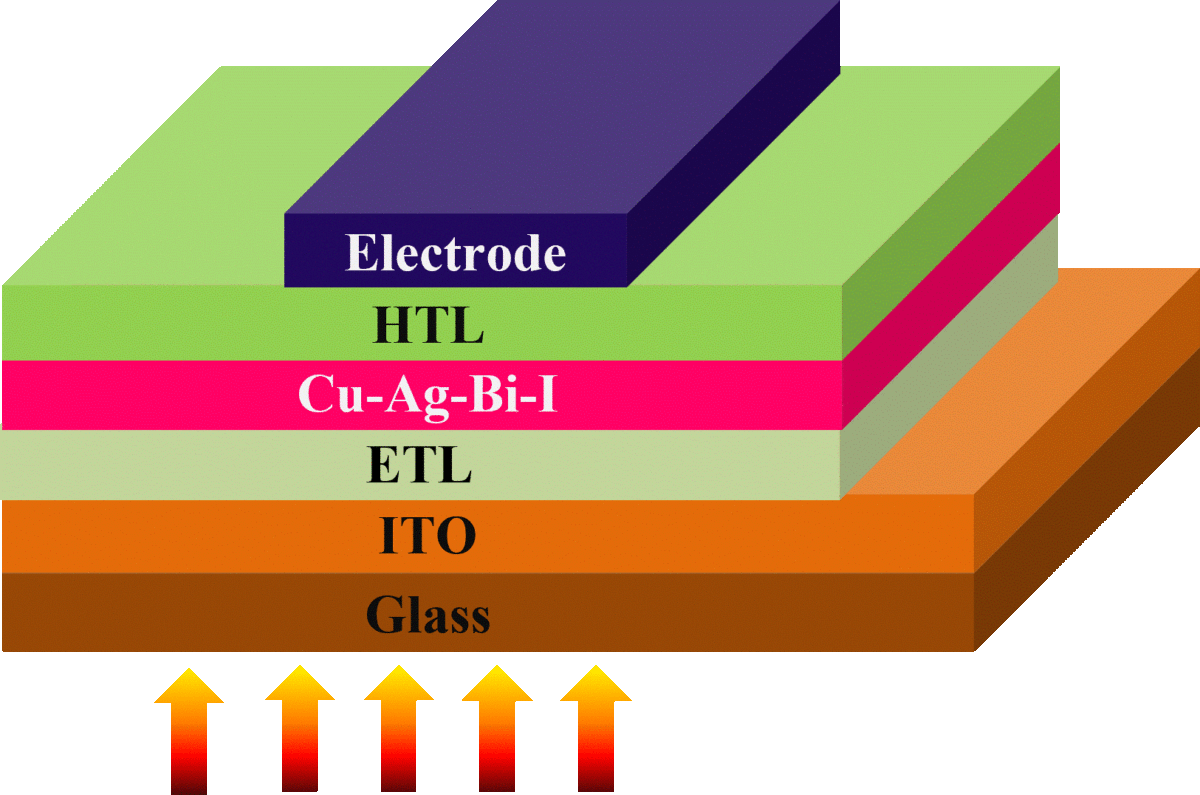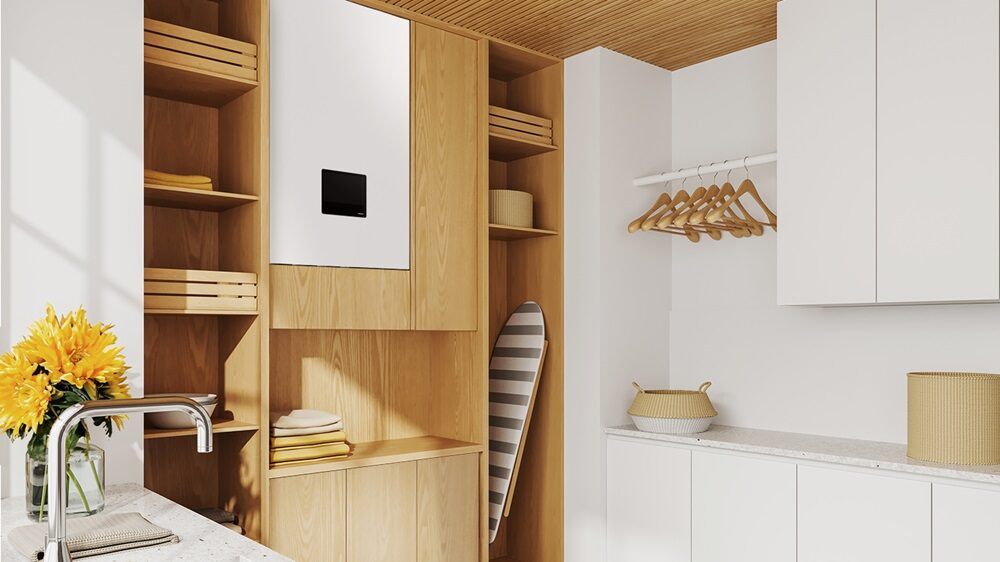An international research team has fabricated a copper silver bismuth iodide (CABI) solar cell that utilizes Cu6AgBiI10, a new CABI compound that offers high absorbance and low reflectivity.
“The construction of solar cells based on CABI is not new,” the research's corresponding author, Arif Ul Islam, told pv magazine, noting that the previous two attempts made to build this cell technology were based on CABI materials known as CuAgBiI5 and Cu2AgBiI6, which results in efficiencies of 1.01% and 2.39%, respectively. “Our work, however, represents the first attempt to build a solar cell based on Cu6AgBiI10, which is a particular kind of CABI material.”
The scientists applied a mixed solvent-based hot-casting technique to improve the surface morphology of the Cu6AgBiI10 film, which they said is intended to achieve the highest possible photovoltaic performances. They used a single-step spin coating technique, in which hot casting drops were cast onto the preheated substrates.
“The solution was spin-coated at 3000 rpm for 30 seconds,” they explained, adding that the thickness of CABI films varied between 1183 and 1506 nm. “The films were then annealed in a glovebox at 75 C for 3 minutes and then heated at different temperature (130 to 170 °C) for six minutes on the hot-plate. Then the films were allowed to naturally cool to the ambient temperature.”
The film was used as an absorber in a PV device fabricated with a substrate made of indium tin oxide (ITO) and glass, an electron transport layer (ETL) based on tin(IV) oxide (SnO2), the absorber itself, a hole transport layer (HTL) relying on the polymer Regioregular poly(3-hexylthiophene) (P3HT), and a silver (Ag) metal contact.
The research group analyzed the optical characteristics of the cell and found it could achieve a power conversion efficiency of 0.041% and a maximum current density of 0.45 mA/cm2, at ambient conditions. “Our optical investigation revealed high absorbance and low reflectivity CABI film at 150 C,” it also stated.
“Bismuth is found abundantly in the earth’s crust, which makes it cost-effective,” Islam stressed. “Our results should be helpful in the development of environmentally-friendly Cu–Ag-Bi–I base solar cells, as well as a variety of other devices such photodetectors or LEDs.”
The solar cell architecture is presented in the paper “Enhanced surface morphology and photovoltaic properties of a new class of material Copper Silver Bismuth Iodide Solar Cell,” published in the Journal of Materials Research and Technology. The research group comprises scientists from the University of Barishal in Bangladesh and the Nagoya Institute of Technology in Japan.
This content is protected by copyright and may not be reused. If you want to cooperate with us and would like to reuse some of our content, please contact: editors@pv-magazine.com.




By submitting this form you agree to pv magazine using your data for the purposes of publishing your comment.
Your personal data will only be disclosed or otherwise transmitted to third parties for the purposes of spam filtering or if this is necessary for technical maintenance of the website. Any other transfer to third parties will not take place unless this is justified on the basis of applicable data protection regulations or if pv magazine is legally obliged to do so.
You may revoke this consent at any time with effect for the future, in which case your personal data will be deleted immediately. Otherwise, your data will be deleted if pv magazine has processed your request or the purpose of data storage is fulfilled.
Further information on data privacy can be found in our Data Protection Policy.